The Fujinon XF35mm f/2 review
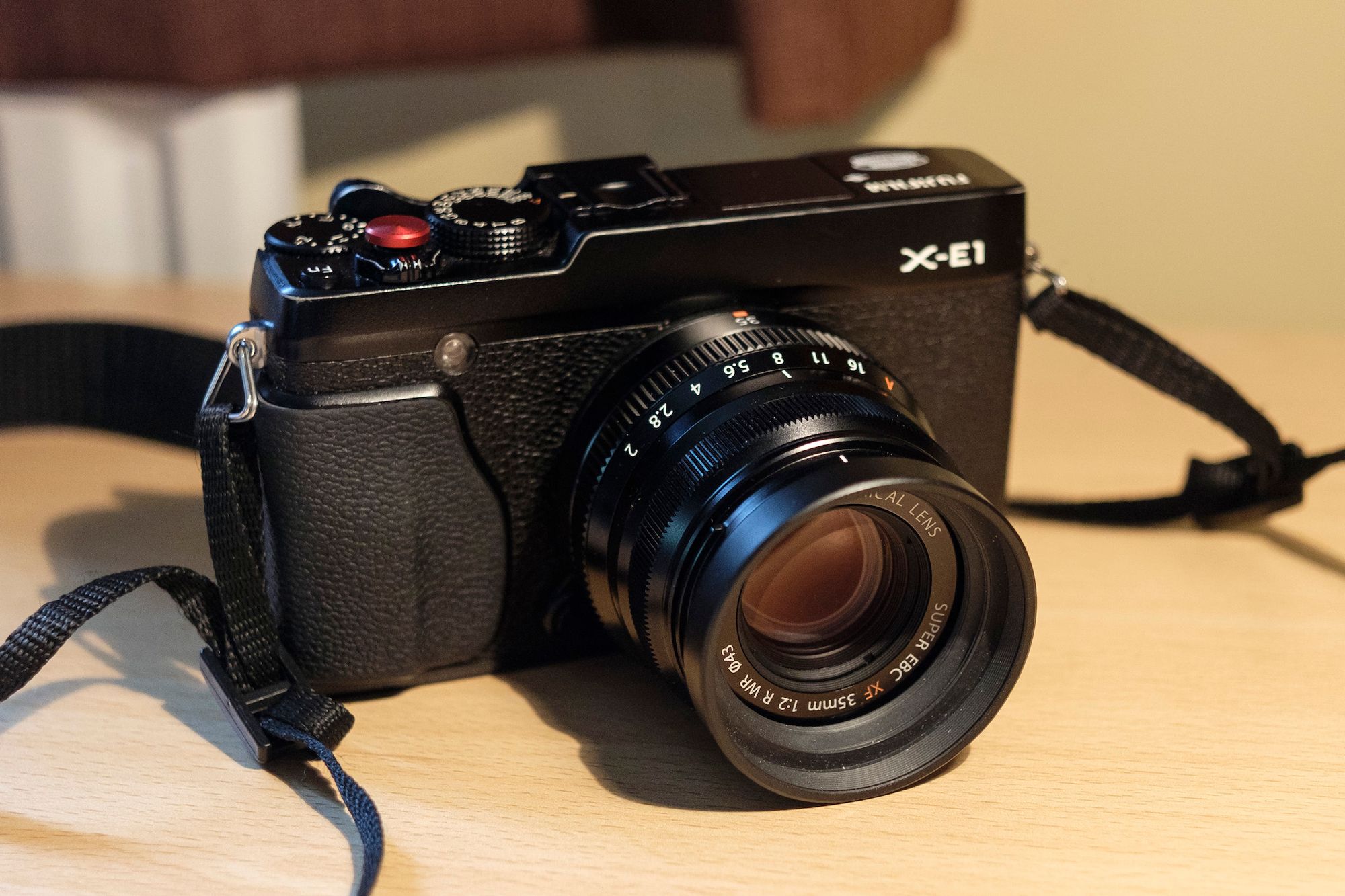
The Fujinon XF35mm f/2 is a fast normal prime lens for Fujifilm X-Series cameras. I’ve been using it for the last three months, and it has quickly established itself as my favourite lens. Here is my review.
I’ve been a Fuji user for over a year now, starting with the Fujifilm X-E1, but this year I’ve refined and consolidated my equipment. My main camera body is now the X-T1. Initially I used the XF 27mm f/2.8 pancake lens and XF 18-55 f/2.8-4 zoom lens, but I’ve never really been a zoom lens person, and the 27mm was always just a bit too wide. When I analysed all the thousands of photos I’d taken with my zoom lens, I found that most of them were at about the 35mm focal length (53mm in full-frame terms). It’s how I see the world1.
What I really wanted was something as close as possible to the classic Pentax-M 50mm f/1.7, a fast and highly compact normal prime at a reasonably low price. Could the XF35mm f/2 be the one lens to rule them all?
First impressions
Here are some facts and figures2:
Focal length: 35mm (equivalent to 53mm in full frame)
Aperture range: f/2 to f/16, with one-third stops on the control ring, and an Auto setting
Focus range: 35cm – ∞
Dimensions: ø60.0mm x 45.9mm
Weight excluding caps and hoods: 170g
Filter size: ø43mm
Price: £2993
The lens is highly compact, and has a distinctive tapered shape that looks a little like a Leica Summicron 50mm f/2 at a glance. But I didn’t choose this lens based on looks – I chose it because it’s small and light, and has the features I need. 170g is very lightweight. The aperture ring works exactly as I like it. Most importantly of all for a mountain photographer, it’s a weather-resistant lens – no more fretting about water ingress on a rainy mountain day!
The lens comes with a few bundled accessories: a ‘lens-wrapping cloth’, a rather poor small plastic lens hood that I immediately replaced with a beefier metal hood, and plastic rear and front caps. The front cap is actually quite a good pinch-style cap, better than Fuji’s usual offerings, but I rarely use it as I normally have my metal lens hood screwed in place, which has a 52mm filter thread.
This all sounds great, but how does the lens perform?
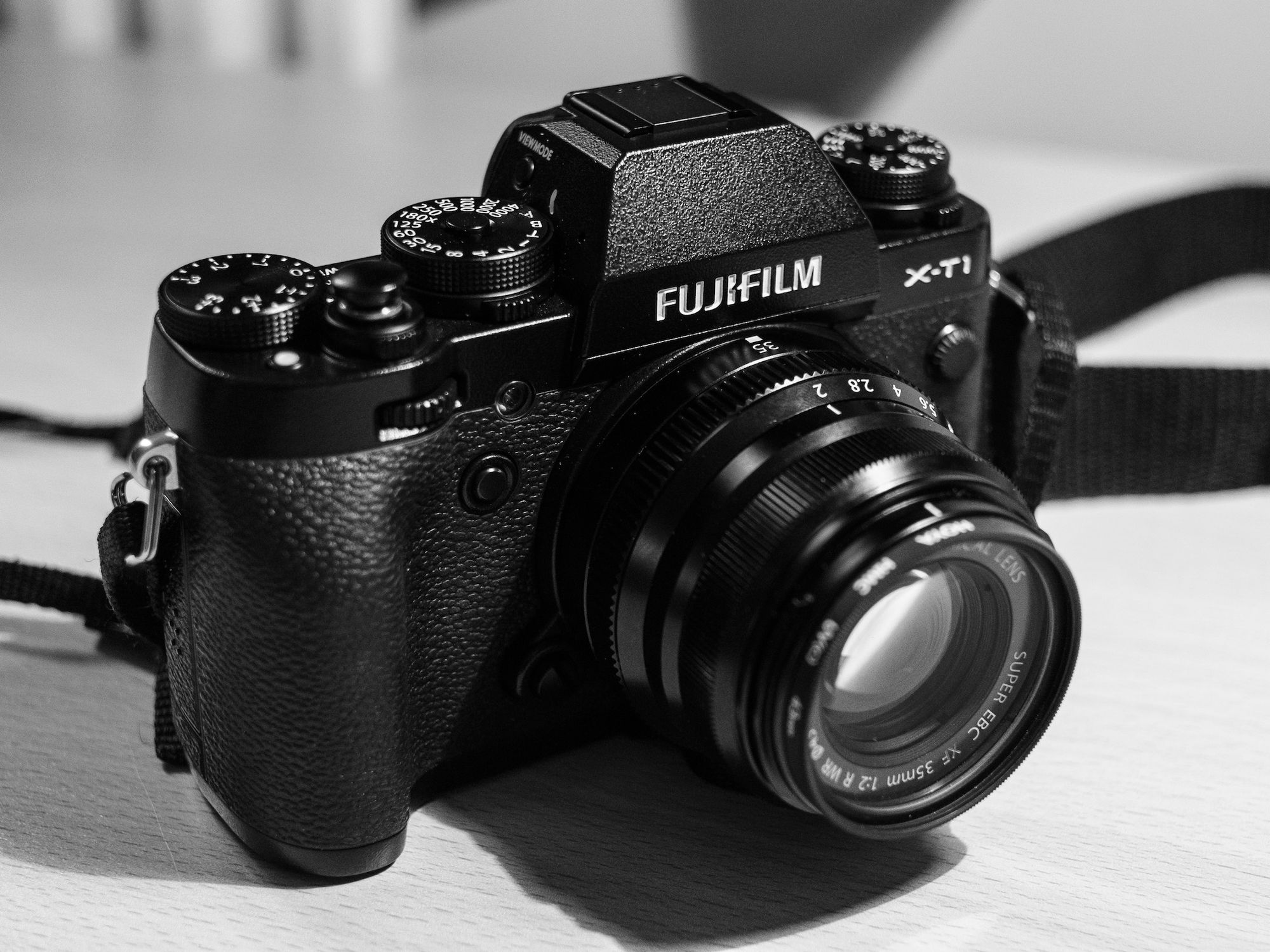
Performance in the field
My first few outings happened to take place on rainy days. I attached the lens to my X-T1 and trusted in the weather sealing of the whole package. At first it was slightly unnerving, but soon I had the confidence to leave the camera on its strap around my neck even in heavy rain. The main challenge was keeping droplets off the glass. A hood and UV filter help in this area.
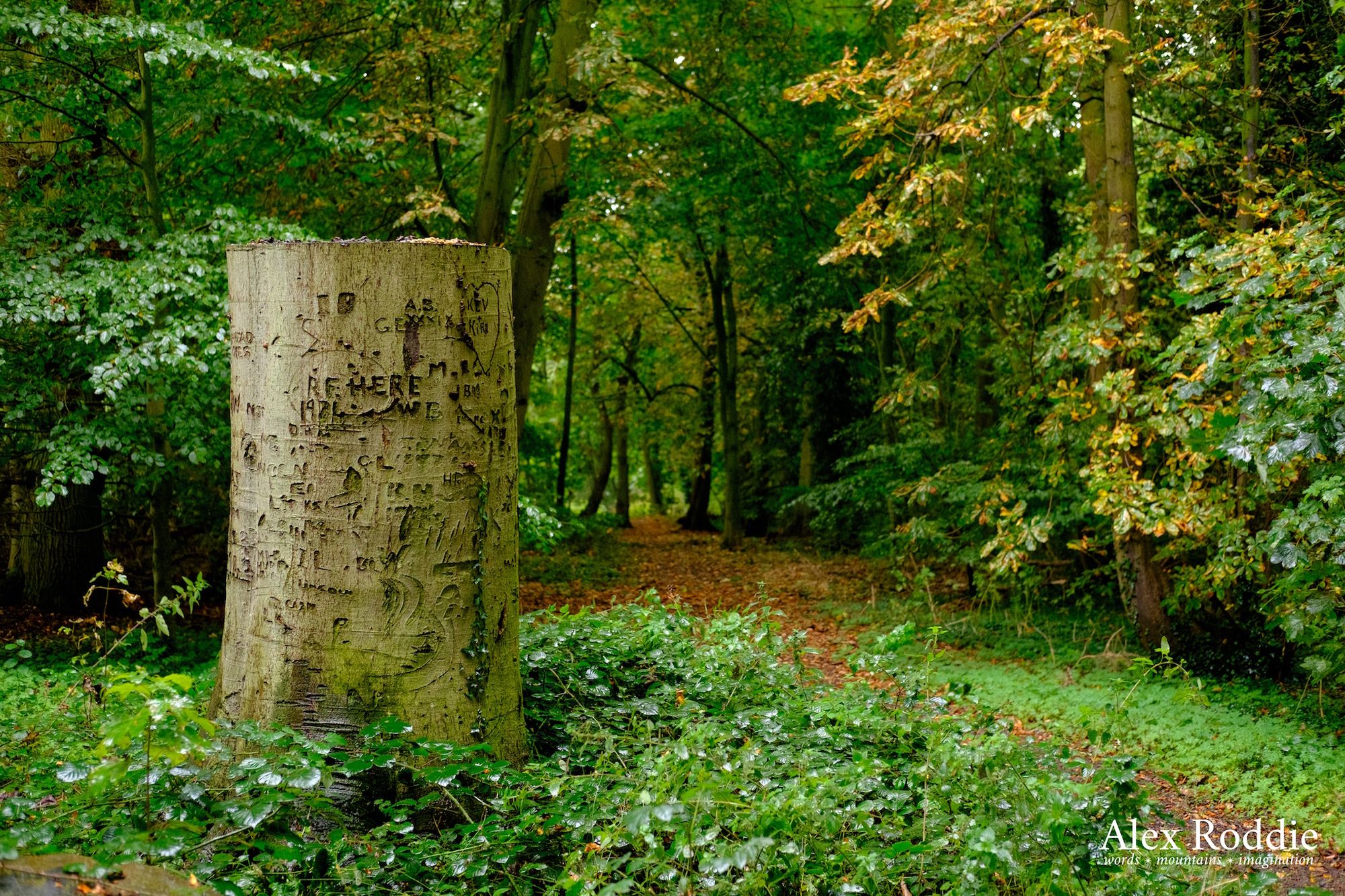
The XF35mm is a fast lens. I’ve never found Fuji gear especially slow when it comes to autofocus performance – I gather most of the slow AF issues were ironed out years ago – but the XF35mm was definitely a step up from my old glass. It was often so quick and silent at locking focus that I didn’t even realise it had done it. For landscape and mountain photography fast AF is not really a vital feature, though, and I’m glad to say that manual focus is also accurate and easy to use. The smooth focusing ring and great electronic focusing aids on the X-T1 really help in this regard. I just wish the focusing ring had an infinity stop and DOF markings, but only Fuji’s most expensive XF lenses have these features4.
The lens handles beautifully. While my zoom lens always made my Fuji cameras feel unbalanced, and the XF27mm sometimes felt too light, the XF35mm is precisely the right size and weight. I really appreciate the very usable aperture ring, which rotates with just the right amount of resistance under the fingertips and doesn’t get accidentally knocked out of place. Compared to the unmarked, free-rotating aperture ring on the 18-55 zoom, this is quite simply night and day. It’s exactly how aperture rings have worked for decades and there is no reason to change a control system that works so well.
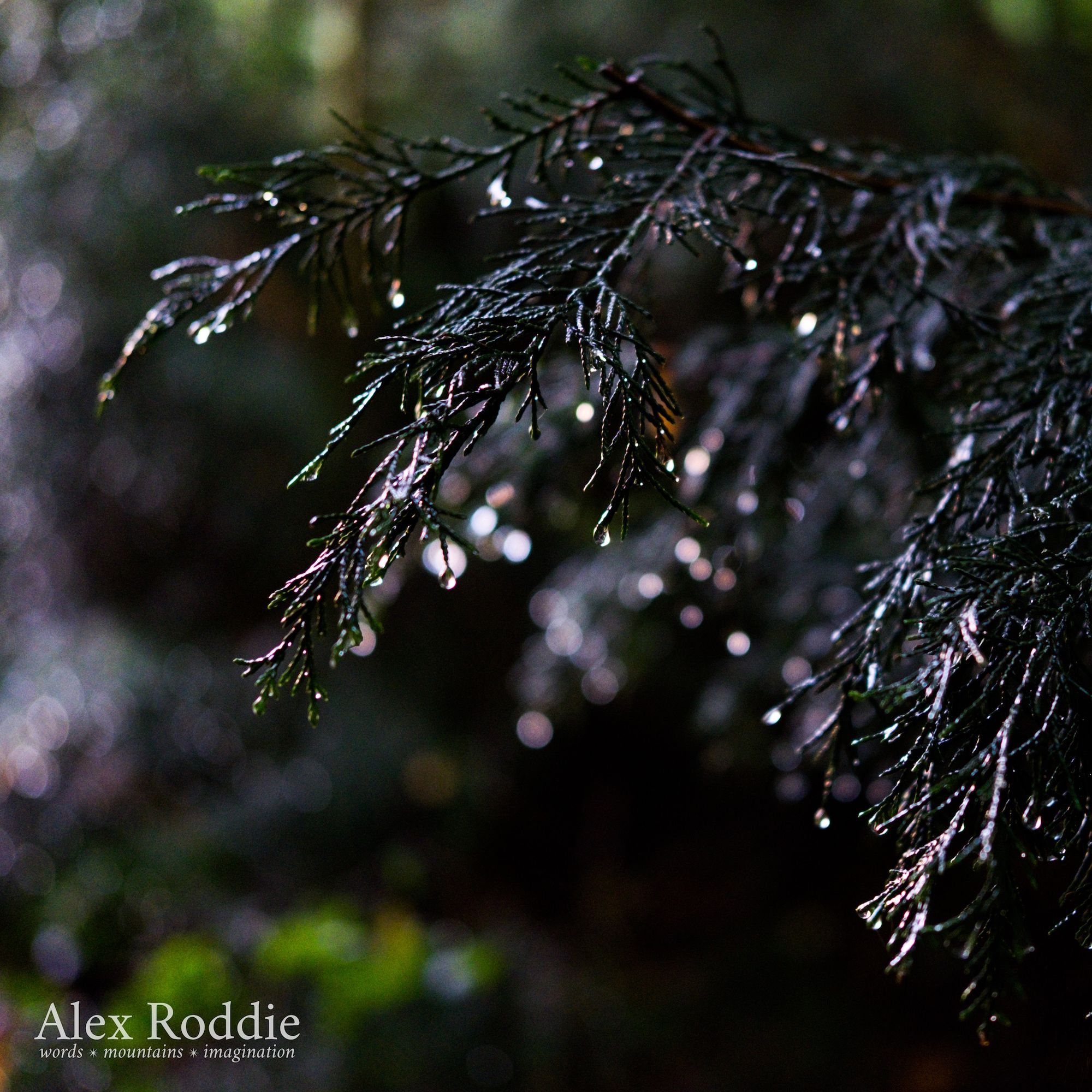
Like many of Fuji’s lenses, turning the aperture ring all the way to the left engages the Auto setting. Select a shutter speed on the camera body and you have Shutter Priority; put the shutter speed in Auto as well and you have full Program mode. I usually use Aperture Priority (shutter speed Auto, aperture manual) but often go to full manual when I need it. Fuji’s control layout makes complete sense to me, coming from a background of using film SLRs, and I’ve never been able to wrap my head around the less intuitive PASM dial system used in digital cameras from other manufacturers.
Shooting with the XF35mm made me feel right at home. The 53mm equivalent field of view fits how I see the world through a camera viewfinder. It’s not too wide and not too tight, and is ideal for strong, simple compositions. Freeing myself from a zoom lens makes photography a simpler, more intuitive process, because I no longer have to think as much about focal length. It’s a creative constraint, I guess, but when I visualise a scene I always know if it’s a composition for the XF35mm, or if I need one of my wide-angle lenses. I no longer just stand there and zoom in and out until I think it looks right. It’s a bit of a cliche amongst photographers, but I really think that shooting with primes is making me a better photographer. For the kind of work I do, I can’t see myself ever going back to zoom lenses.
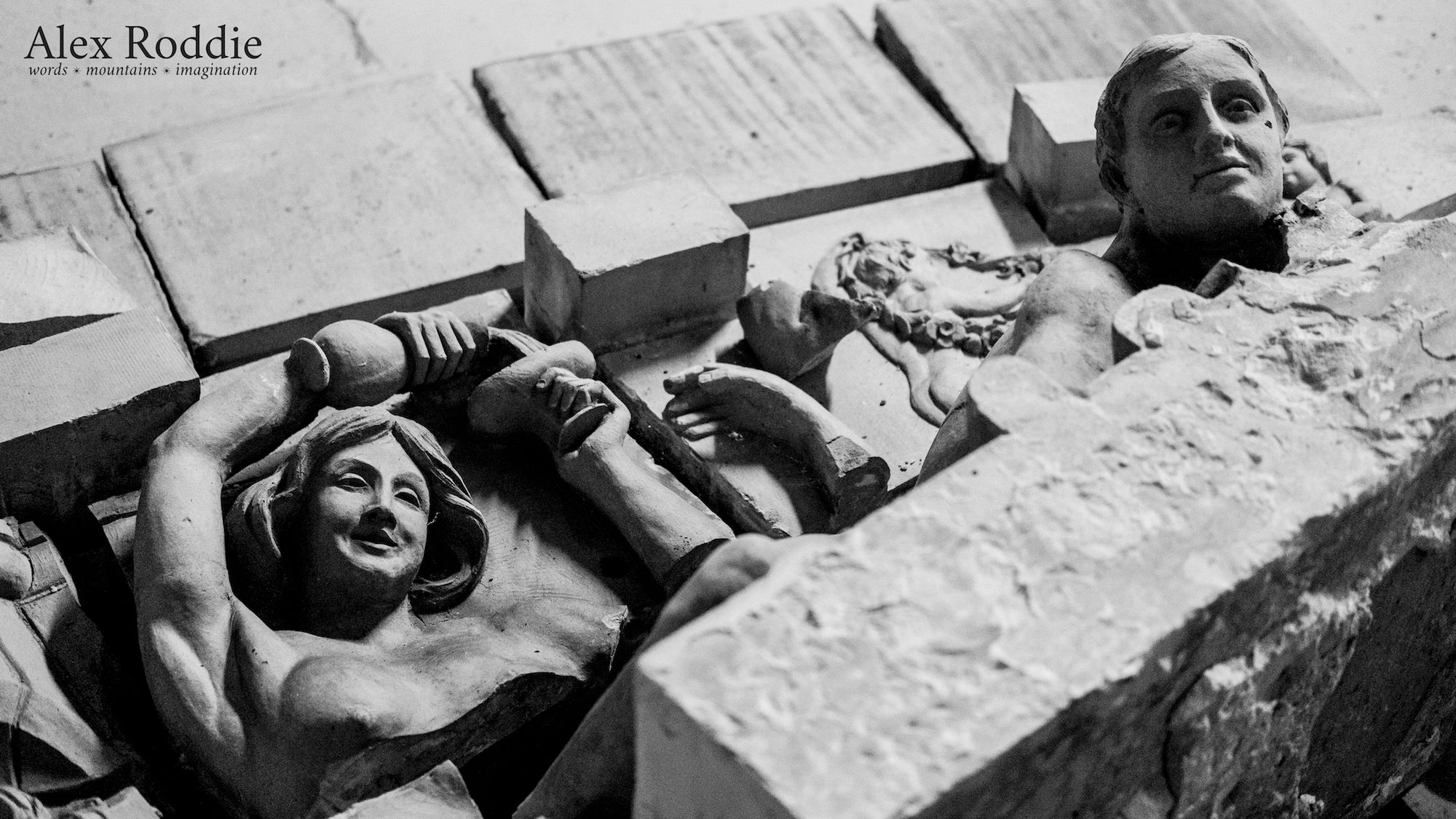
So, the XF35mm handles beautifully, just like a manual normal lens straight out of the 1960s, but with modern conveniences such as autofocus and auto-aperture. What about image quality?
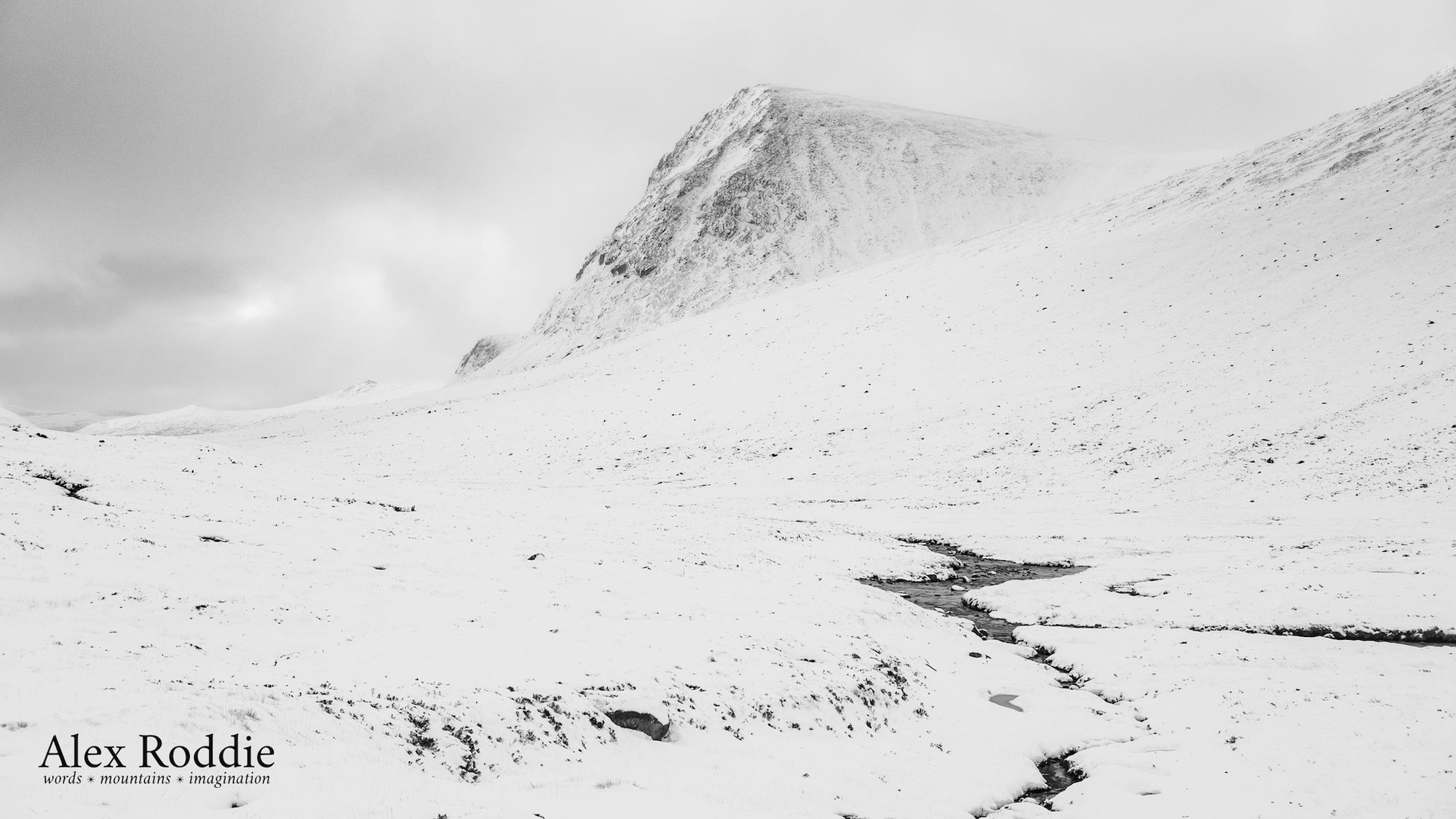
Image quality
Before I mention image quality, I’ll quickly mention my photographic background. I am not a full-time pro photographer. Part of my job is to tell stories about the mountains, through both words and pictures, and photography is merely a means to that end. I don’t make money from selling images directly; I shoot almost exclusively for editorial use, which means the biggest I ever print is a double-page magazine spread. And I’m not really a pixel peeper.
So all I can really do here is compare the XF35mm with other Fuji lenses I’ve used. Sharpness does, of course, depend on a great deal more than the optical performance of the lens – there’s depth of field to consider, ISO, and camera shake. I mainly shoot hand-held and use auto-ISO, capped at 3200 with shutter speed above 1/100 (for this focal length). From experience I’ve found that this results in images I can publish at large sizes in magazines with a good degree of reliability.
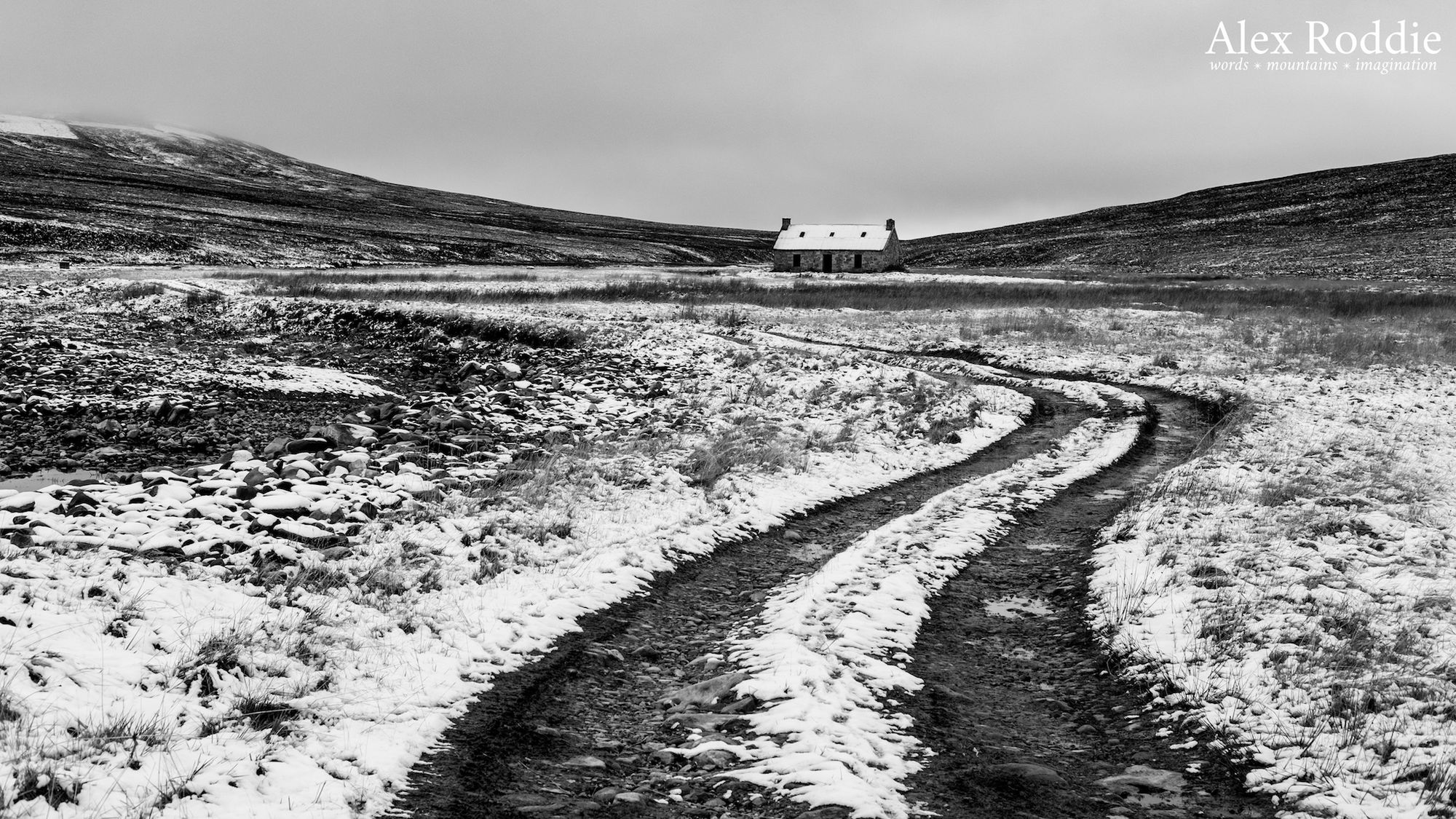
With that in mind, the lens is absolutely great. Sharpness and contrast are slightly better than the results I was getting from the XF27mm f/2.8, and – in my opinion – about the same as the 18-55 at the same focal length. But the bokeh is much better than I could achieve with either of those lenses. Shooting at f/2 sometimes results in a little colour fringing on high-contrast edges, but backgrounds are rendered beautifully, especially when focusing on something close at hand. Most of the time I keep the lens set at f/5.6 or f/8 for a larger depth of field, but some subjects look fantastic when shot at f/2 or f/2.8. It’s a great short portrait lens.
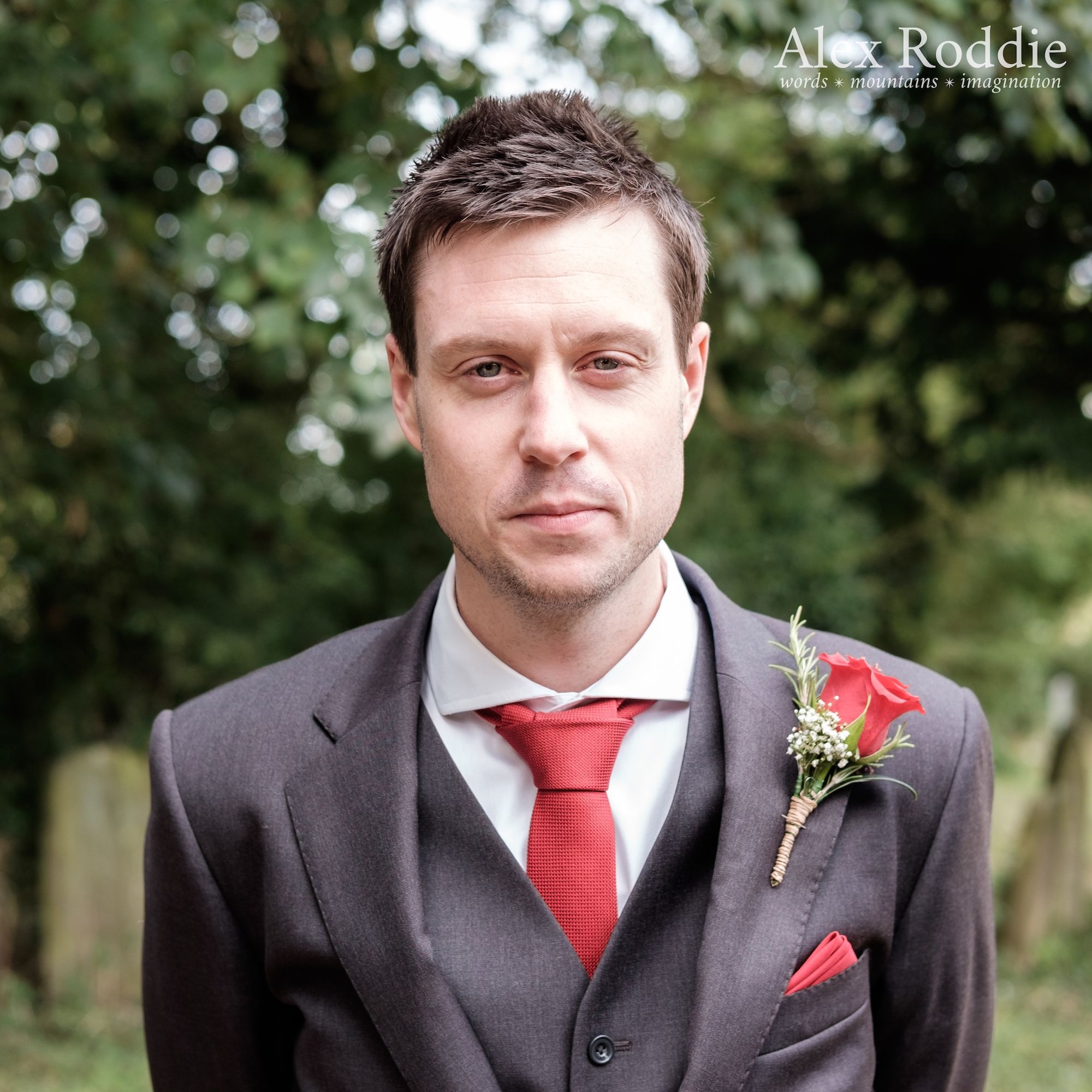
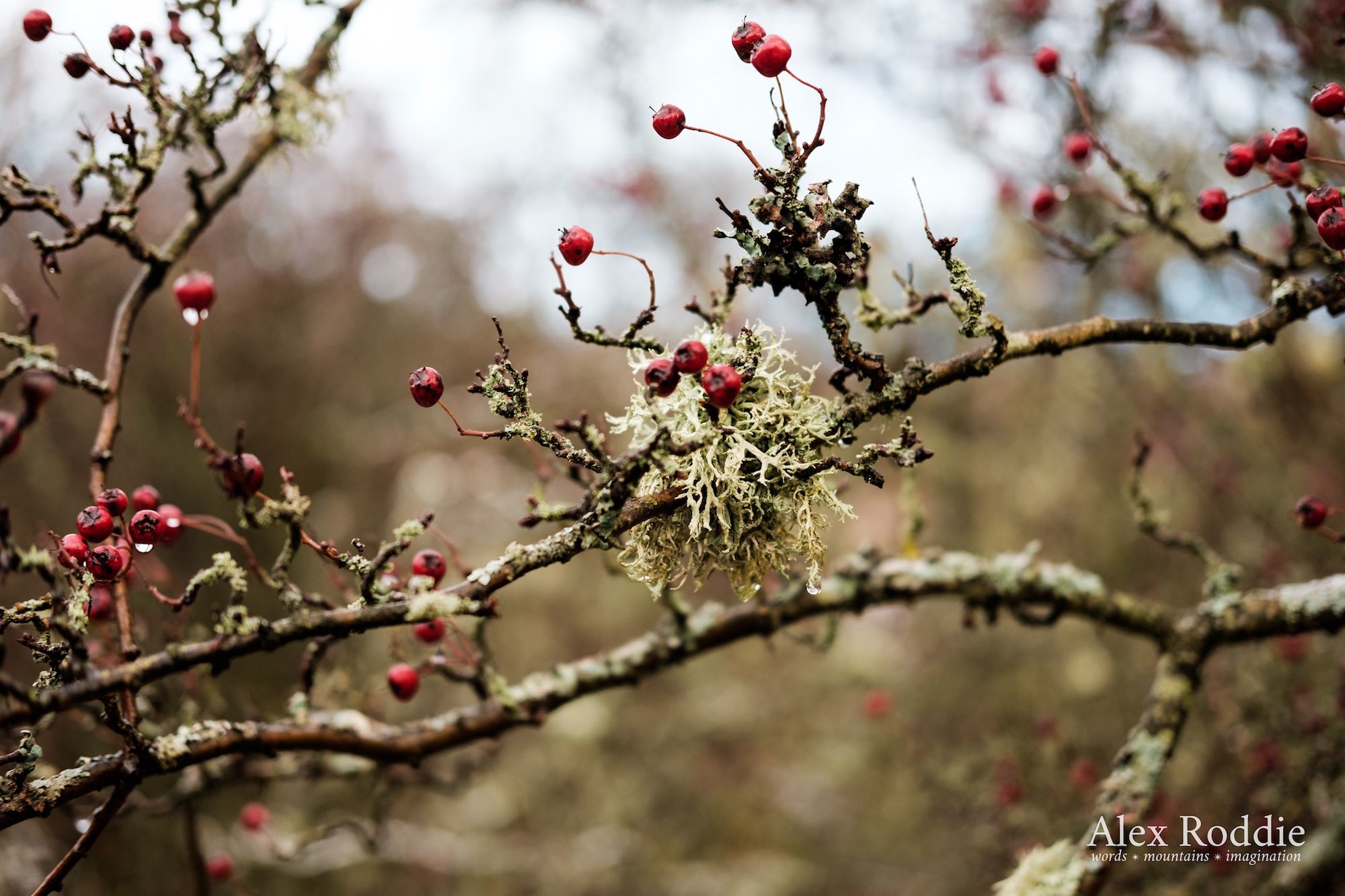
Sometimes DOF at f/2 is just too narrow, especially focusing on small objects at close range. I regularly find myself stopping down to f/2.8 or f/4 to avoid a razor-thin depth of field that blurs out part of the actual subject. I guess it’s a good problem to have!
What about the XF35mm f/1.4?
Fuji has an older XF35mm lens, the f/1.4 that launched in 2012 with the arrival of the original X-Pro 1. To be honest, I am not the best person to make a comparison between these two lenses, because I have never used the f/1.4. Some people seem to prefer photographs taken with the original lens. There are several reasons why I picked the much newer XF35mm f/2:
- The original f/1.4 is not weather sealed.
- The newer lens is smaller and lighter, with a narrower front element.
- Autofocus performance on the newer lens is apparently much better (but, for reasons I’ve explained, this is not particularly important to me).
This excellent article from Fuji vs Fuji helped me make up my mind. It’s the best comparison between the two lenses I’ve found online.
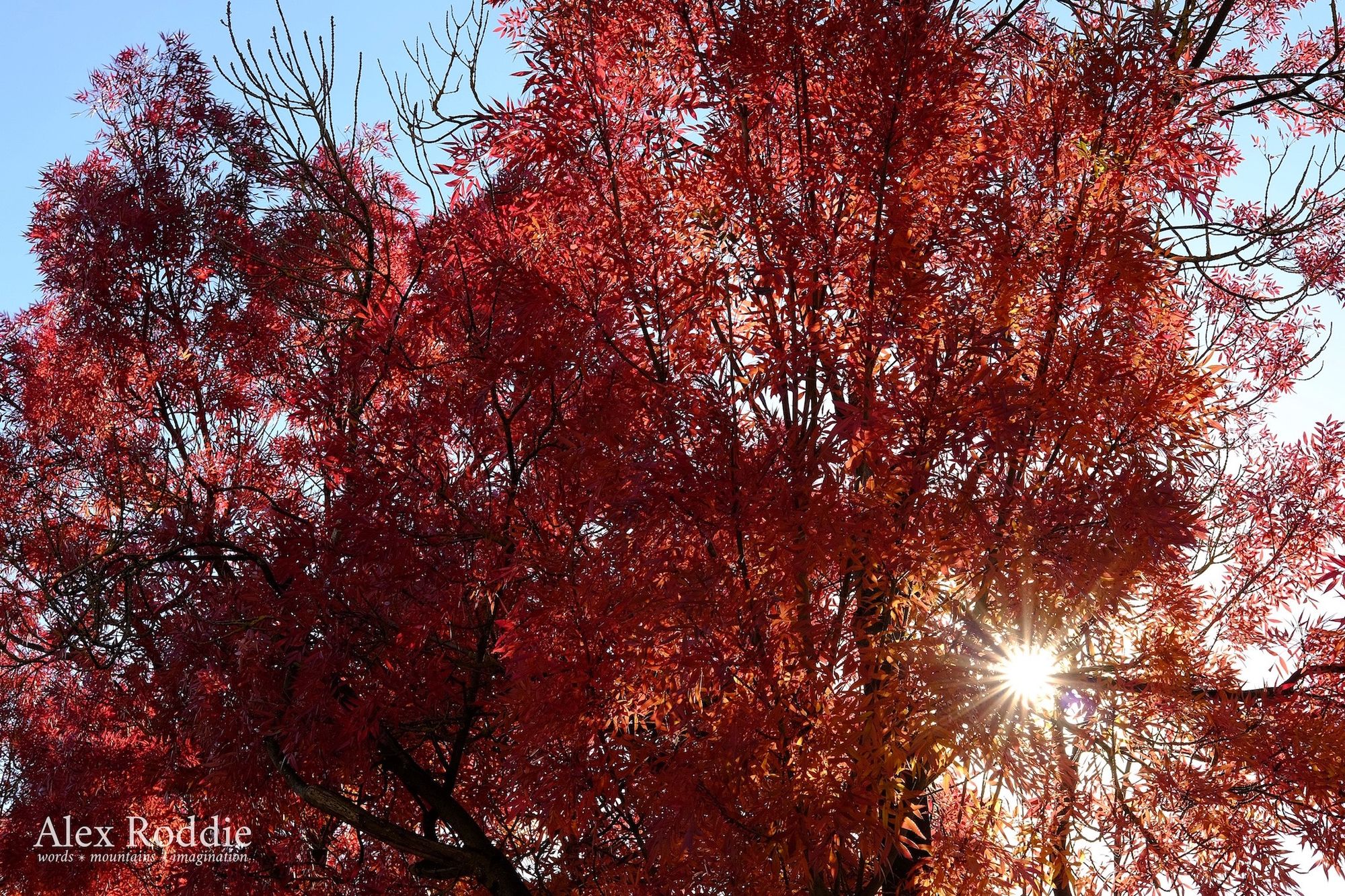
Conclusion
If you’re a Fuji user looking for a compact fast normal lens that performs well and produces stunning results, look no further than the XF35mm f/2. It’s an iconic lens and for most of my photography I need nothing else. The only way it could be improved is the addition of a hard infinity stop on the focusing ring, and DOF markings, but otherwise it’s a little masterpiece.
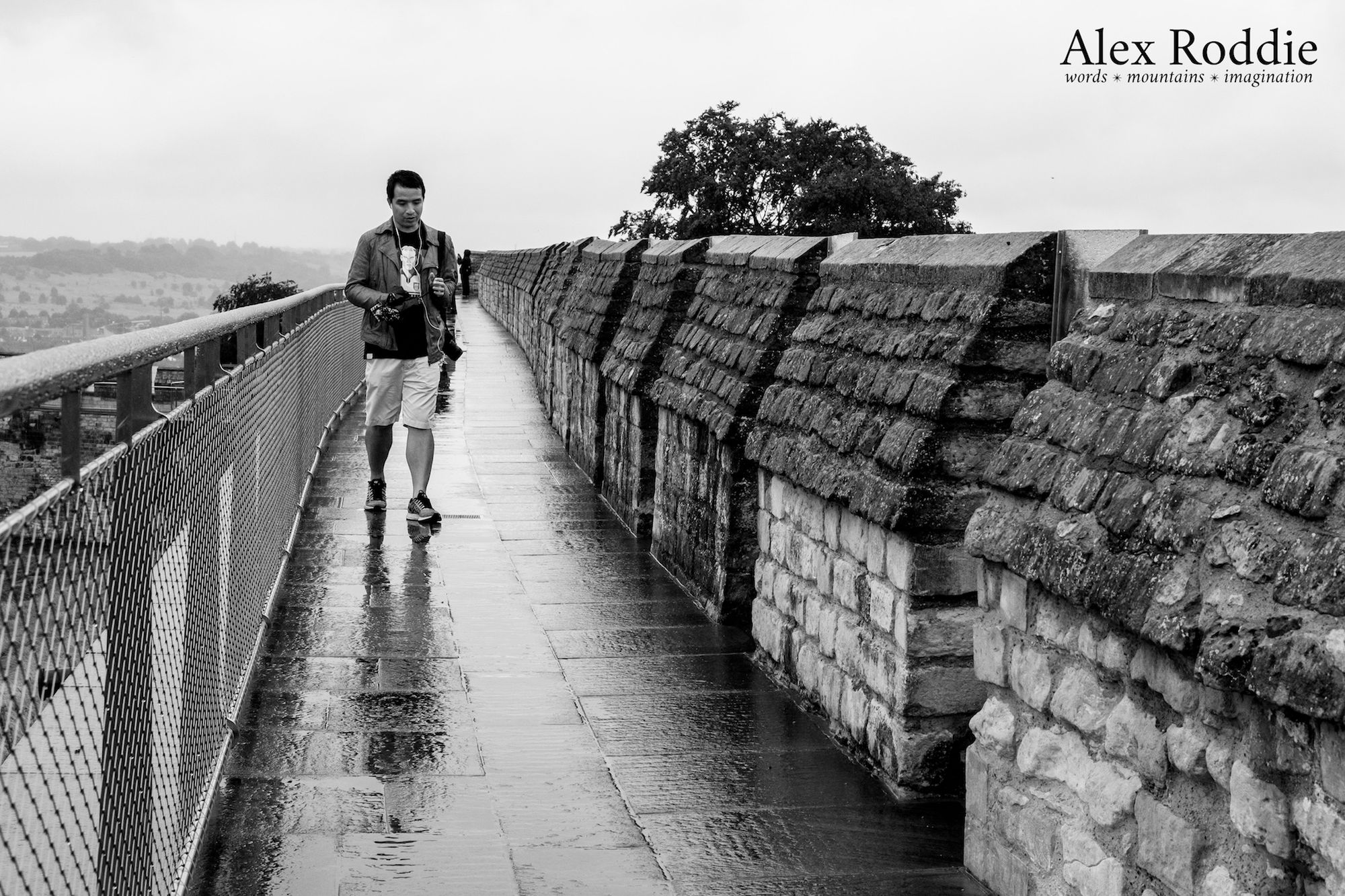
- I use wide-angle lenses too, of course, but my ratio of wide-angle shots to ‘normal’ shots is about 2/8. ↩
- Source: http://www.fujifilm.com/products/digital_cameras/x/fujinon_lens_xf35mmf2_r_wr/ ↩
- At the time of writing, this is the current price at Wex Photographic. I bought my copy of the lens for a much lower price on the used market. ↩
- One reason my Samyang 12mm f/2 is so great, despite its low cost, is the real manual focusing ring. It’s a bit of a niche lens, though, so I’m still working on my review for this one. ↩
Alex Roddie Newsletter
Subscribe here to receive my occasional personal newsletter in your inbox. (For the fun stuff, please consider subscribing to Alpenglow Journal instead!)




